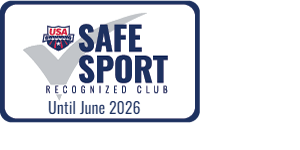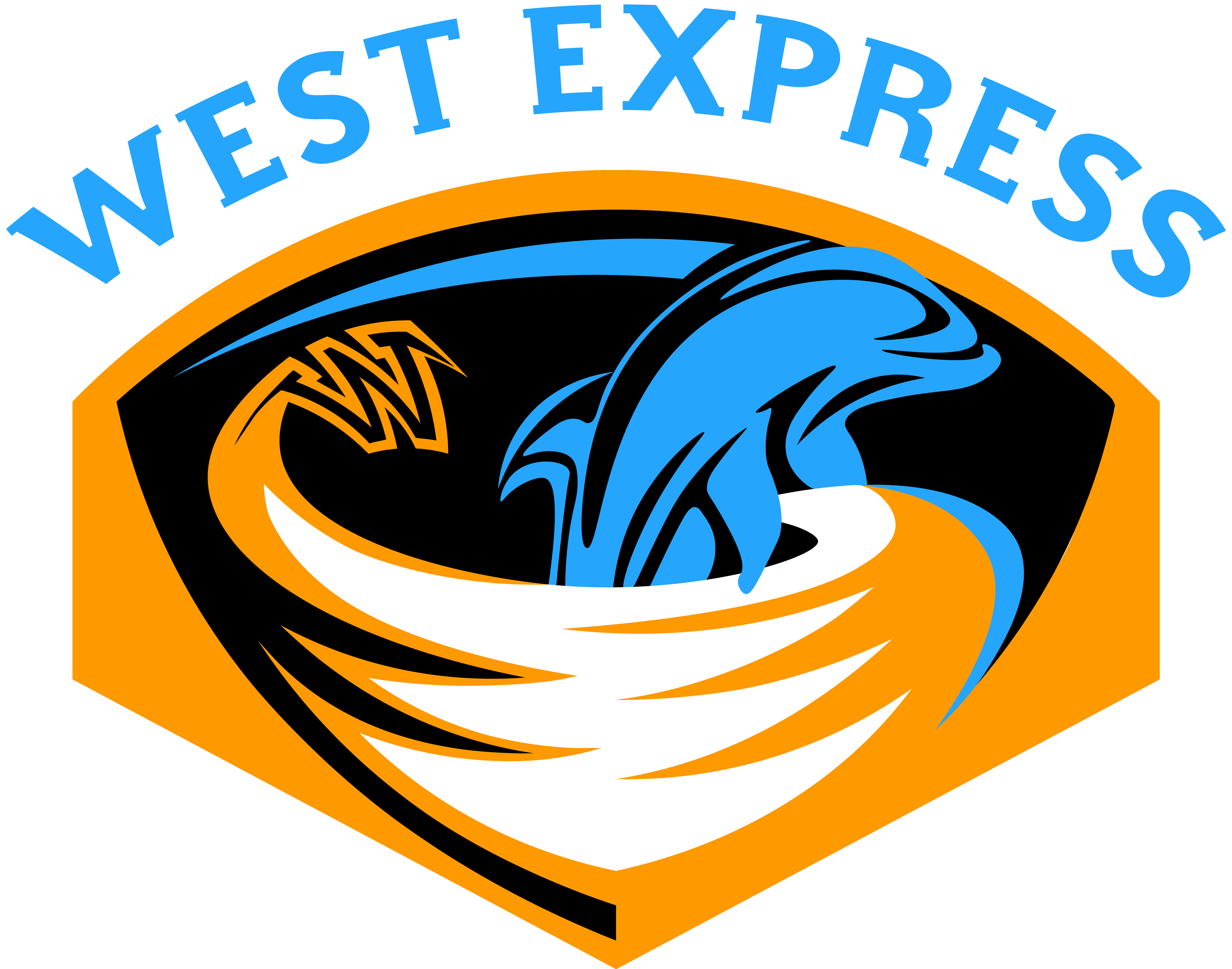10
Returning to School:
1. Your athlete may need to initially return to school on a limited basis, for example, for only half days at first. This should be done under the supervision of a qualified healthcare professional.
2. Inform teacher(s), school counselor or administrator(s) about the injury and symptoms. School personnel should be instructed to watch for:
a. Increased problems paying attention.
b. Increased problems remembering or learning new information.
c. Longer time needed to complete tasks or assignments.
d. Greater irritability and decreased ability to cope with stress.
e. Symptoms worsen (headache, tiredness) when doing schoolwork.
3. Be sure your child takes multiple breaks during study time and watch for worsening symptoms.
4. If your child still has concussion symptoms, they may need extra help with school-related activities. As the symptoms decrease during recovery, the extra help can be removed gradually.







